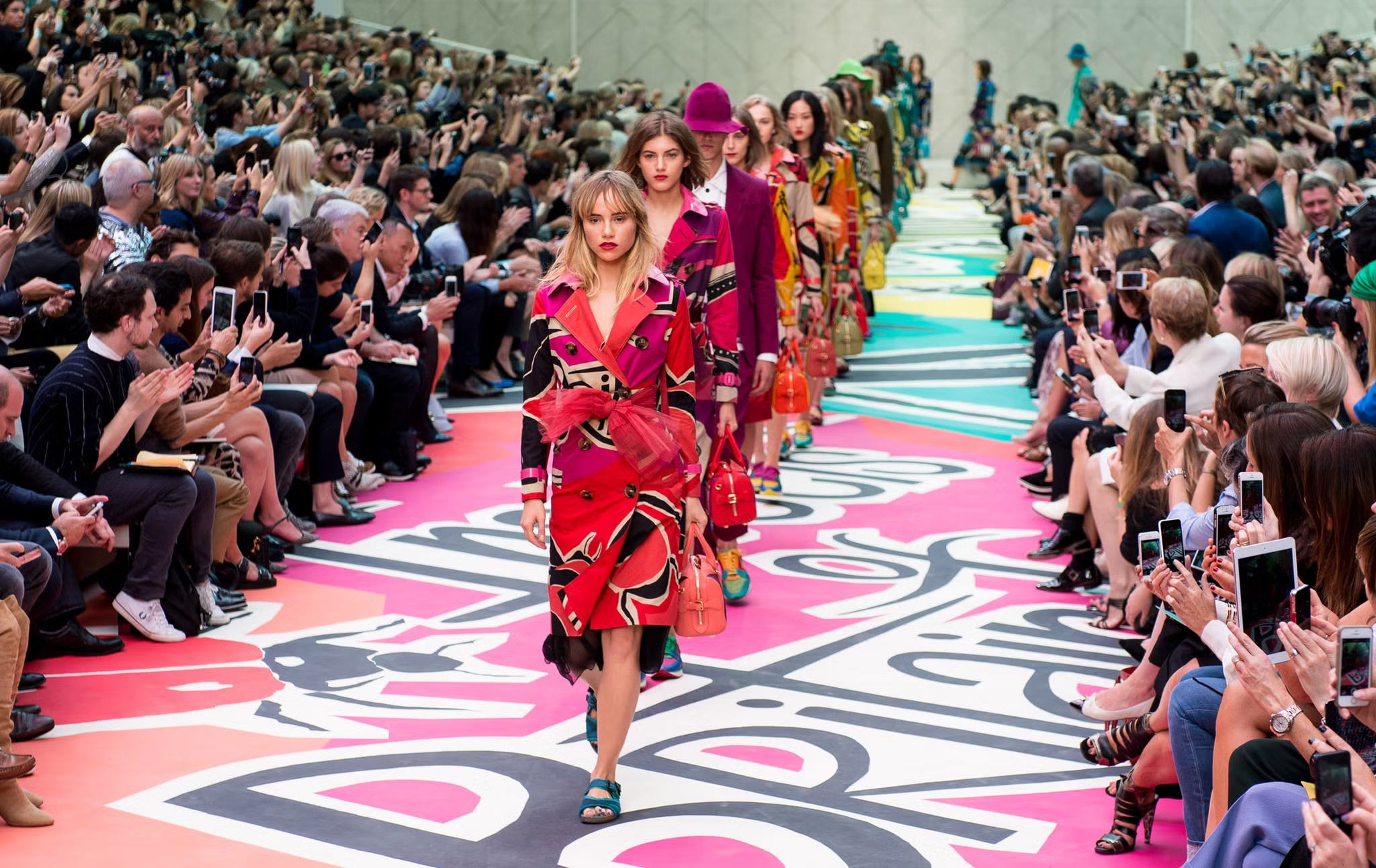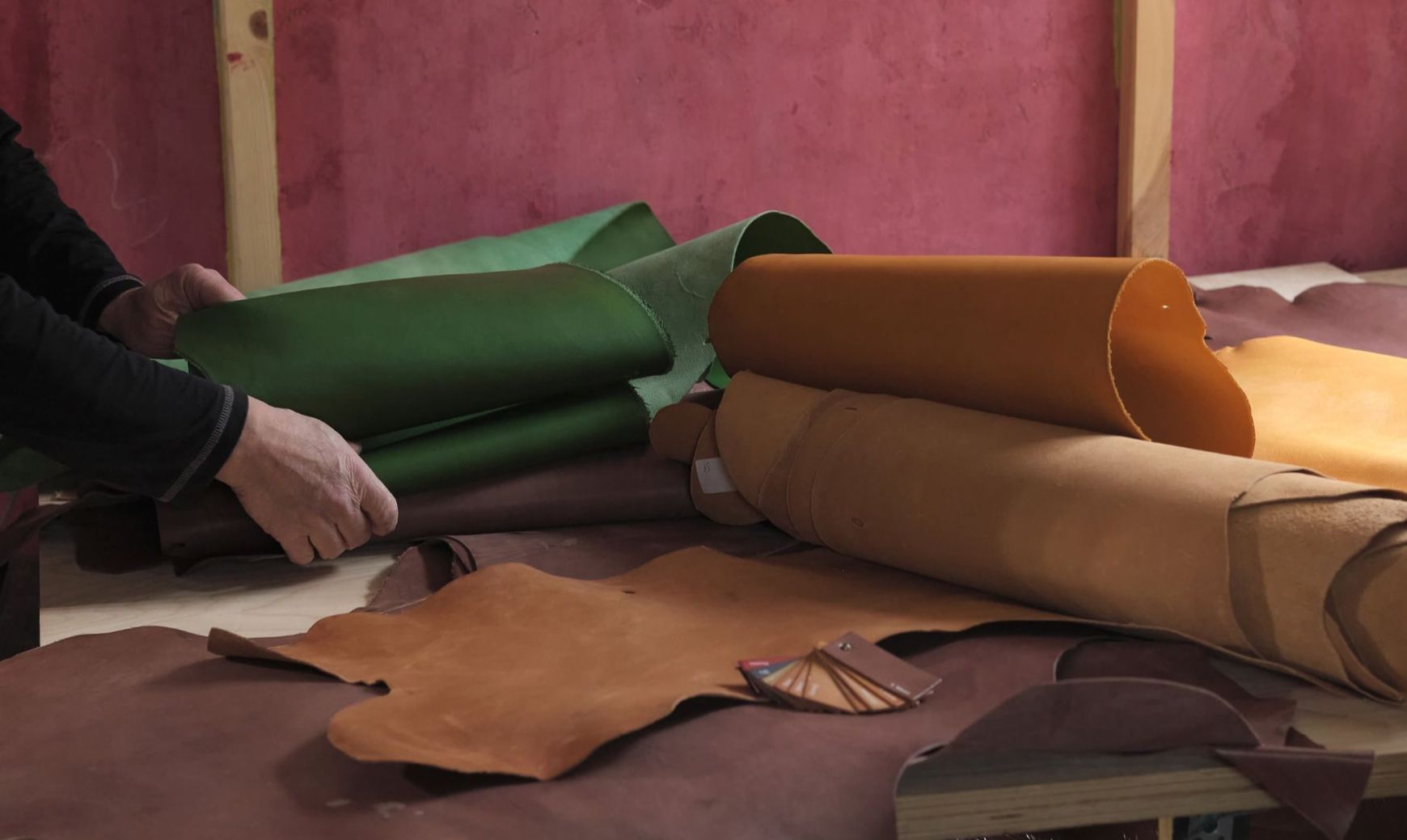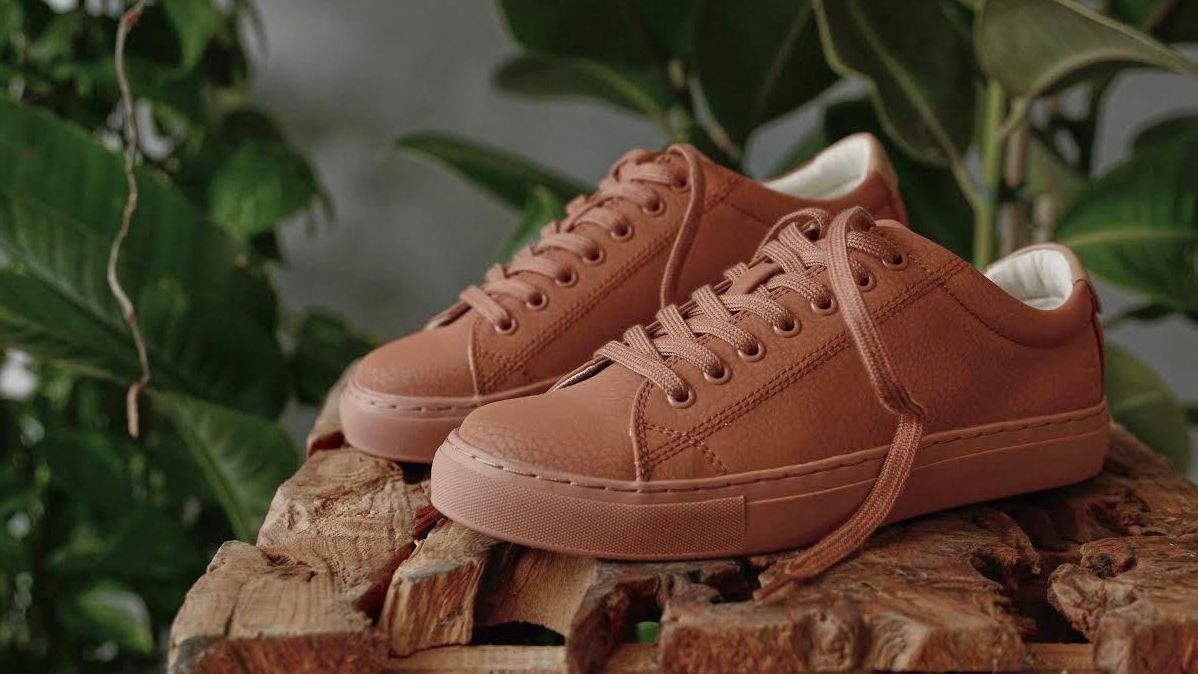Fashion & Beauty
Vegan fashion exposed: The shocking truth about its ethical and environmental impact


Veganism is often associated with dietary choices, but its principles extend far beyond food, influencing industries such as fashion. The rise of vegan fashion reflects growing concerns about animal welfare, environmental sustainability and the ethical implications of our clothing choices. But what exactly is vegan fashion and is it truly better for the planet?
Defining vegan fashion
Vegan fashion refers to clothing, accessories and footwear that are free from animal-derived materials such as leather, wool, silk and fur. It is closely aligned with cruelty-free fashion, which ensures that products are not tested on animals. However, the fashion industry generally uses these terms interchangeably, since apparel and accessories don’t require animal testing.
This trend is gaining momentum as consumers become more conscious of the impact of their choices, not just on their health but also on the environment and animal welfare. A poll by the animal welfare organisation FOUR PAWS revealed that nearly 90% of respondents want the fashion industry to prioritise animal welfare alongside environmental and social standards. This shift is evident as more brands and designers embrace vegan and cruelty-free principles, leading to significant changes in the fashion world.
The environmental impact of vegan fashion
From an environmental perspective, vegan fashion offers potential benefits, particularly concerning greenhouse gas (GHG) emissions. Research shows that animal-based materials like leather, wool and silk contribute significantly to GHG emissions. Leather production, for example, is linked to deforestation, methane emissions from cattle and pollution from tanning processes. Wool and silk also have a higher environmental impact compared to synthetic alternatives such as polyester and acetate.
However, the environmental superiority of vegan fashion is not clear-cut. While synthetic alternatives may produce fewer GHG emissions, they often involve the use of fossil fuels. Materials like polyester, nylon and acrylic—commonly used in vegan fashion, are derived from non-renewable resources and contribute to plastic pollution. Microplastics from these materials are released into waterways when washed, adding to the global plastic crisis.
Read more 8 European outdoor brands that use organic cotton
Moreover, even plant-based alternatives such as Piñatex—made from pineapple waste and Mylo—made from mushroom roots contain synthetic components, raising questions about their biodegradability and end-of-life disposal. These challenges highlight the complexity of determining whether vegan fashion is truly more sustainable than its animal-based counterparts.
The ethical and social considerations
 BBC Earth
BBC Earth
Beyond environmental concerns, vegan fashion addresses significant ethical issues related to animal welfare. The exploitation of animals in the fashion industry is well-documented, with practices such as fur farming, leather production and the use of wool often involving significant animal suffering. The lack of transparency and traceability in supply chains further complicates the ability of consumers to make informed ethical choices.
Public campaigns and consumer demand have led to notable changes in the fashion industry. Major fashion weeks and brands, including Prada, Gucci and Burberry, have dropped fur from their collections, while others like Mulberry and Diane von Furstenberg have eliminated exotic skins. These shifts reflect a growing awareness of the ethical implications of using animal-derived materials.
However, the ethical debate extends to the materials used in vegan fashion. The reliance on synthetic, plastic-based materials raises questions about the broader impact on the planet, as these materials contribute to pollution and are not always sustainable. The fashion industry is now facing the challenge of balancing ethical animal treatment with environmental responsibility.
The future of vegan and non-vegan fashion
As the fashion industry evolves, efforts are being made to improve the sustainability of both vegan and non-vegan materials. Innovations in vegan fashion include the development of plastic-free alternatives and the use of organic and biodegradable materials. Meanwhile, the animal-based fashion industry is exploring ways to reduce its environmental footprint through regenerative farming practices, recycling fibres and creating transparent supply chains.
Ultimately, the decision between vegan and non-vegan fashion remains a personal one, influenced by ethical beliefs, environmental concerns and the availability of sustainable options. While vegan fashion offers a way to reduce harm to animals and potentially lower GHG emissions, it is not without its challenges. The key lies in continuing to push for innovation and transparency in both vegan and non-vegan fashion, ensuring that choices benefit animals, people and the planet.
If you enjoy our articles and want to read more of our content, check out things to do in Paris while you’re not watching the games—including foodie. Perhaps take a look at the Queen Inn: The world’s first plant-based steakhouse—an exclusive interview. Or explore 8 European vegan restaurants worth every penny.
sign up
for the vegclub newsletter.
Stay updated on all things vegan in Europe. Get exclusive articles, deals and giveaways delivered straight to your inbox. VegClub Magazine is the number one outlet in Europe and you will not want to miss our unique content.




